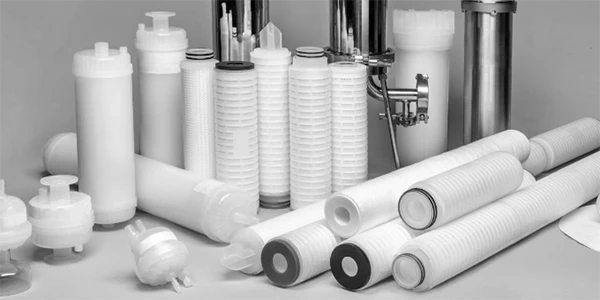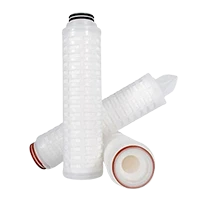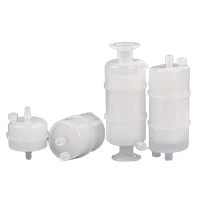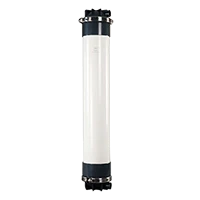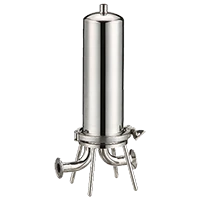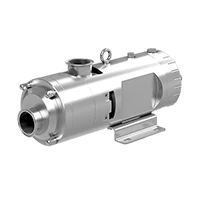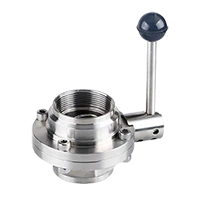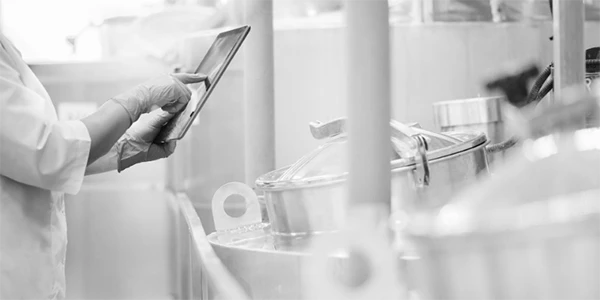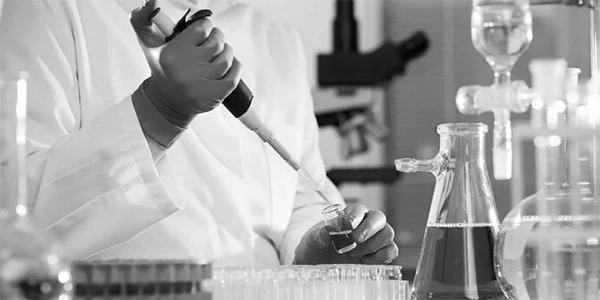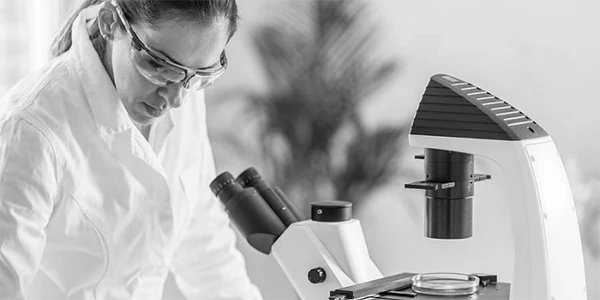Leachables Verification Laboratory
Laboratory Purpose: Qualitative analysis and quantitative estimation of leach able that may dissolve into the product during the filtration process under worst-case conditions.
Principle and Method Selection: Sources of leach able include the filter hardware, support layers, filter membranes, wetting agents, and additives that may be used during manufacturing. The filter is extracted in a volatile model solvent, and non-volatile residue (NVR) is quantitatively detected. Qualitative analysis is then performed using ultraviolet-visible spectroscopy (UV) and infrared-visible spectroscopy (IR), and additional analysis methods for leach able are added if necessary.
Chemical Compatibility Verification Laboratory
Laboratory Objective: confirms the chemical compatibility between the filter and the process fluid to ensure that the process does not affect the performance of the filter in performing its specific function.
Principle and Method Selection: The filter and process fluid are brought into contact under specified conditions for a specific period of time. The chemical compatibility of the filter and filter membrane is determined by assessing the integrity, the flow rate, weight, appearance, and scanning electron microscopy (SEM).
Adsorption Verification Laboratory
Purpose of the laboratory: Adsorption refers to the mechanism by which a product adsorbs on the surface of a membrane, which may affect the composition or concentration of the product. Filter materials that can undergo adsorption include filter membranes, hardware, and support materials.
Principle and method selection: In the process of process development, adsorption tests are generally conducted on a small scale and then confirmed on a large scale. High-performance liquid chromatography (HPLC) is used for quantitative analysis, which is used to establish pre-treatment selection, operating parameters, or filter membrane selection.
Bacteria Retention Verification Laboratory
Laboratory objective: Obtain documentary evidence that under simulated process conditions, the filtration process can continuously remove high levels of standard bacteria or related microbial contaminants suspended in the product or substitute liquid.
Principle and method selection: A sterilizing-grade filter refers to a filter that can retain defective Pseudomonas aeruginosa (ATCC19146) at a level of 107 CFU per square centimeter of effective filtration area under process conditions. There is no unified standard for bacteria retention requirements for gas sterilizing filters, but bacteria retention verification performed in reference to liquid sterilizing filters is widely accepted as the "worst-case scenario" for gas sterilizing filters.
Reproducibility Verification Laboratory
Laboratory Objective: After each batch of use, bactericidal-grade filters should generally be discarded. However, if it can prove that reuse is justified, then validation that reflects the handling of multiple batches is required.
Principle and Method Selection: When selecting liquid bactericidal-grade filters for reuse in pharmaceutical production, validation is required. This includes, but is not limited to, establishing validation parameters that simulate the actual conditions of reuse, such as multiple sterilizations, the flow rate, the pressure difference, etc. Under the aforementioned parameter conditions, integrity testing is conducted.
Integrity Verification Laboratory
Laboratory Purpose: To determine the diffusion flow, pressure retention, or the bubble point of the filter wetted with the specified product at a designated temperature.
Principle and Method Selection: calculates the integrity testing parameters of the product-wetted filter, including diffusion flow limit, detection pressure, and small bubble point, based on the test data of the product wetting and the corresponding parameters of the reference solution wetting.
Bacteria Viability Verification Laboratory
Laboratory Purpose: To prove that only defective Pseudomonas aeruginosa is retained in the aqueous solution, rather than in a specific product, is not sufficient to validate the sterilization filtration process during the production of this product.
Principle and Method Selection: In order to determine the correct challenge test method, the test microorganisms should be directly inoculated into the carrier fluid (product or substitute) to demonstrate their viability. For non-sterile processes and fluids, directly inoculating the test microorganisms in the product is the method to test the microbial retention capacity of sterilizing-grade filters. For bacteriostatic products, the bacterial concentration should be increased or substitutes should be used depending on the strength of the bacteriostatic effect during bacterial retention testing.






